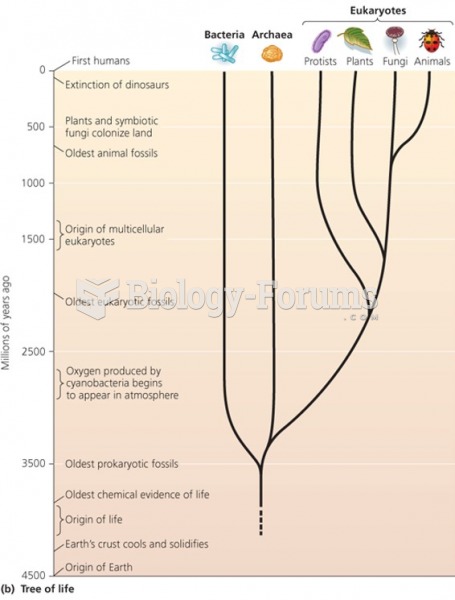Answer to Question 1
A
Answer to Question 2
As industrial capitalism took off, nineteenth-century European intellectuals debated over how to address the resulting social inequalities. John Stuart Mill, a social liberal, emphasized freedom of thought over equality and personal happiness. He held that individuals must be free to direct their own lives, but, recognizing the disadvantages that might result from free competition, he argued that the state must protect its weaker members by acting to regulate the economy where private initiative failed to do so. Mill feared that the general willthe will of unenlightened, property-less massesmight itself prove tyrannical and oppressive and so concluded that as soon as any part of a person's conduct affects prejudicially the interests of others, society has jurisdiction over it. For Mill, as for most nineteenth-century liberals, government was obliged to intervene to safeguard and protect the wider interests of society.
The German theorist Karl Marx, in contrast, attacked all capitalism as unjust, believing that the common ownership and administration of the means of production and distribution in the interest of a public good. His theory of social reform was radical, for it preached violent revolution that would both destroy the old order and usher in a new society. His work, Communist Manifesto, is a sweeping condemnation of the effects of capitalism on the individual and on society at large. It contends that capitalism concentrates wealth in the hands of the few, providing great luxuries for some, while creating an oppressed and impoverished proletariat. The psychological effects of such circumstances, it holds, are devastating: bourgeois capitalism alienates workers from their own productive efforts and robs individuals of their basic humanity. Finally, the Manifesto calls for revolution by which workers will seize the instruments of capitalistic production and abolish private ownership.







